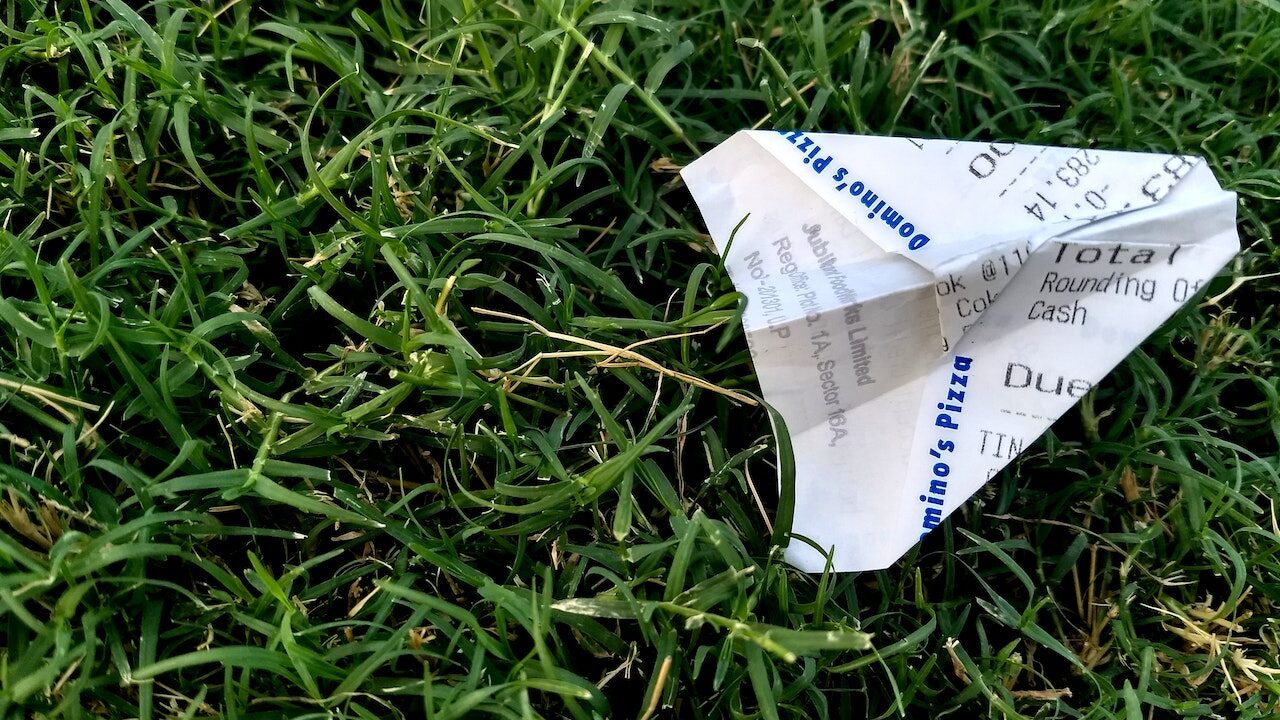Introduction
Reduced packaging waste from food shopping is a crucial component of sustainable living and a key component of zero-waste grocery shopping. To support environmental sustainability in today’s society, where single-use plastic is a significant cause of pollution, it is essential to develop zero-waste food shopping habits. Ten zero-waste grocery shopping strategies that will help you lessen your influence on the environment and have a more sustainable shopping experience are provided in this blog post.
Bring Your Own Reusable Bags
Bringing your own reusable bags when you go grocery shopping is one of the simplest methods to reduce waste. To transport your shopping, you can use canvas bags, mesh bags, or any other reusable bags. As a result, fewer single-use plastic bags end up in landfills and the ocean.

Use Reusable Containers
Making use of reusable containers is another technique to cut waste. Bring your own containers to the shop and fill them with the desired amount of food instead of purchasing pre-packaged meals. To store your food, you can use glass jars, stainless steel containers, or any other reusable containers.
Buy in Bulk
A great approach to cut waste and save money is to buy in bulk. You may avoid superfluous packaging and cut down on food waste by buying things in bulk. Additionally, you can purchase only the quantity of food you require, which can lessen food waste.

Plan Your Shopping List
Making a list of what you need to buy before you go shopping might help you save money and prevent food waste. Make a list of the things you require and follow it. This can lower your expenses, decrease waste, and improve the effectiveness of your shopping.
Shop Local
Your local community will benefit and your carbon footprint will be diminished if you do your shopping there. You may lessen the environmental impact of shipping food over vast distances by purchasing local products. You can also aid your community’s economy by patronizing nearby businesses and farms.

Avoid Single-Use Plastics
Purchases of goods in single-use plastic packaging should be avoided. Produce wrapped in plastic, plastic bags, and plastic containers all fall under this category. Instead, choose products with little to no packaging or none at all.
Say No to Receipts
Many receipts have chemical coatings that make recycling them challenging. Avoid using paper receipts wherever feasible to save waste. You can use a mobile app to keep track of your purchases or ask the cashier to send you the receipt.

Choose Sustainable Products
When feasible, use environmentally friendly products when you go grocery shopping. This covers eco-friendly, fair-trade, and organic goods. To make sure you’re purchasing sustainable items, look for certifications like the USDA organic seal or the Rainforest Alliance certification.
Compost Food Scraps
Composting is a practical method for lowering food waste and producing soil that is rich in nutrients for gardening. Coffee grounds, food scraps, and other food waste can all be composted. This promotes healthy plant growth while lowering the amount of waste that ends up in landfills.
Encourage Others to Shop Sustainably
Finally, share your zero-waste grocery shopping advice with friends and family to Encourage them to shop Sustainably. You may contribute to the development of a more ecologically conscious community by promoting sustainable living.

Conclusion
In conclusion, grocery shopping with zero waste is a practical method to cut waste, save money, and support environmental sustainability. By implementing these ten suggestions for zero-waste grocery shopping, you may lessen your influence on the environment and improve the sustainability of your shopping. Let’s all join forces to reduce waste in our daily lives in order to build a more sustainable future.
Contact me : author@gogreensquad.com




